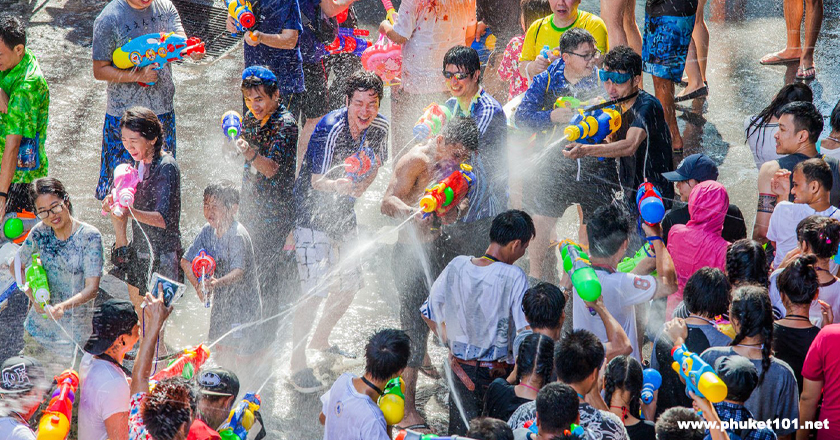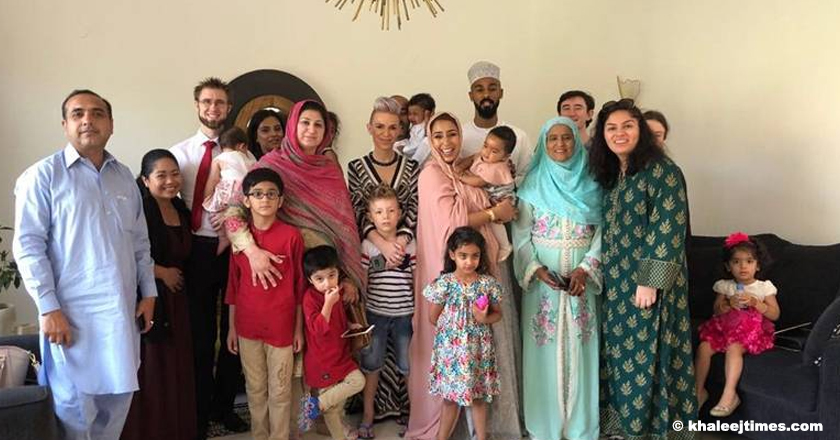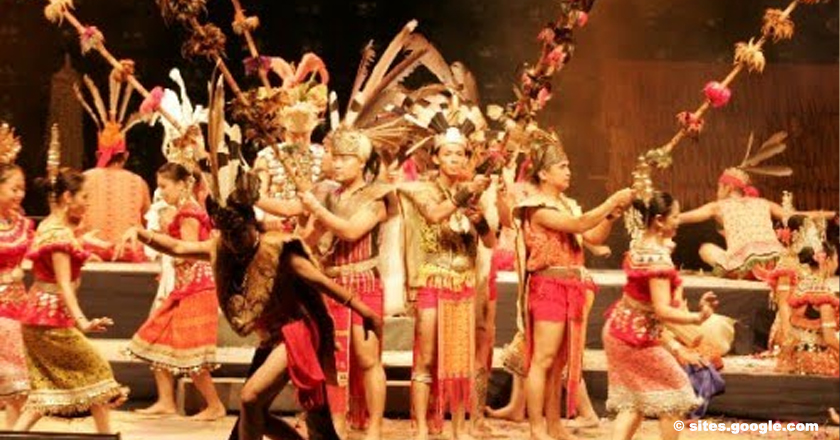
Malaysia’s Top Festivals In 2020 (Part 1)
Wherever we travel, we always look for something to enjoy while blending in to the local culture. It could be through culture, traditions, beliefs, or simply just their daily way of living. The experience we gain from our travels refreshes our minds. We also create memories in our travels and document these through photos that we can share for all the world to see.
2020 has already been a tough year for us because of CoVid-19. The trips we planned, the places we wanted to visit, all these plans are shelved until everything returns to normal. To take away that sad feeling about your canceled trips, Klipp TV will give you a virtual tour!
As part of the #KlippersGoTo #Malaysia series, we will give you Malaysia’s Top 14 Festivals you can look forward to when everything goes back to normal. Buckle up, because we’re going for a festival–hopping right in the middle of a pandemic.
Selamat Datang, Klippers! Welcome to Malaysia.
Thaipusam (January/February)
This is one of the most important festivals celebrated in Kuala Lumpur, Malaysia. This festival commemorates the victory of Lord Muruga over the evil spirit Sooparadam. The 3-day festival is passionately celebrated at the famous Batu Caves shrine and waterfall temple.

On this full moon day, Lord Muruga carried in a silver chariot to the sounds of chants and drums with over a million devotees entering the temple to seek his blessings.
Chinese New Year (February)
Malaysia and China have few similarities in terms of culture and festivals. One of them is giving importance to the celebration of the Chinese Lunar New Year. Malaysians celebrate this festival by having a grand cultural celebration that lasts up to 15 days. They kick off this festival with a reunion dinner on the eve of Chinese Lunar New Year.

The tradition includes visiting the temple to seek blessings from the God of Prosperity and giving out “ang pao” to children and mandarine oranges for everyone to show prosperity and generosity. They also wear red, which signifies the color of prosperity, and head out to the grand Open House to witness lion and dragon dance performances.
Malaysia Water Festival (April)
Just like Holi in India, the Malaysia Water Festival is celebrated by throwing water on each other in the streets. Malaysians commence this annual celebration in Kuantan, the state capital of Pahang, Malaysia, and end it in Labuan.

Activities involved are international fishing tournaments, kayaking challenges, sandcastle building, and a lot more. Just make sure you bring extra clothes because you’re about to walk soaked in water all over in this festival.
Tadua Ka’amatan Harvest Festival (May)
A festival originating from Sabah’s largest ethnic group Kadazan-Dusun, Tadua Ka’amatan is celebrated as their way of saying “Thank You” to the holy spirits for giving them a bountiful harvest. As one of the famous festivals in Malaysia, Padi farmers gather to give honor to “Bambaazon”–a spirit of rice padi honored through traditional rites and customs during the festivities.

Kadazan Dusun Cultural Organisation performs ethnic dances, as well as displaying traditional sports like arm-wrestling and blowpipe shooting. Local rice wines like Tapai and Lihing are free-flowing adding to the spirit as this festival was observed on the 30th and 31st of May.
Vesak Day (May)
Another popular festival celebrated in Malaysia is called Vesak Day. Same in Buddhist countries here in Southeast Asia, this festival is commemorated to witness important events by marking the three major milestones in Buddha’s life. These are his birth, enlightenment, and nirvana. One of the most popular rituals is the bathing of a Buddha statue.

They often fast and spend time meditating at the temples all day. Releasing doves and tortoises is one of the few activities they make that symbolizes the liberation of the soul and absolving one’s past life sins. This festival is celebrated all over the country.
Hari Raya Aidil Fitri “Eid” (June)
As a holy month of abstinence and fasting, Muslims celebrate Eid across the country. It is considered as one of the most joyful festivals in Malaysia. Muslims who work in big cities head back to their homes in the provinces and join the festivities with special prayers done in mosques.

House-visits and feasting, the same as asking for forgiveness from friends and family members, are marked by Hari Raya Aidil Fitri. One of the traditions Malaysians do is opening the doors that show warm hospitality on all guests, serving them with traditional delicacies and desserts.
Sarawak Gawai Festival (June)
The indigenous Dayak’s race of Sarawak, Malaysia’s largest state, dress in their traditional attire and perform in the fascinating ceremonial offering. They welcome the New Year with gusto or liveliness, enthusiasm, etc.

Travelers and visitors witness this festival best in the longhouse, traditional Dayak home with over 40 families living under the same roof. They often celebrate this by feasting and drinking free-flowing tuak or rice wine in Sarawak State.
